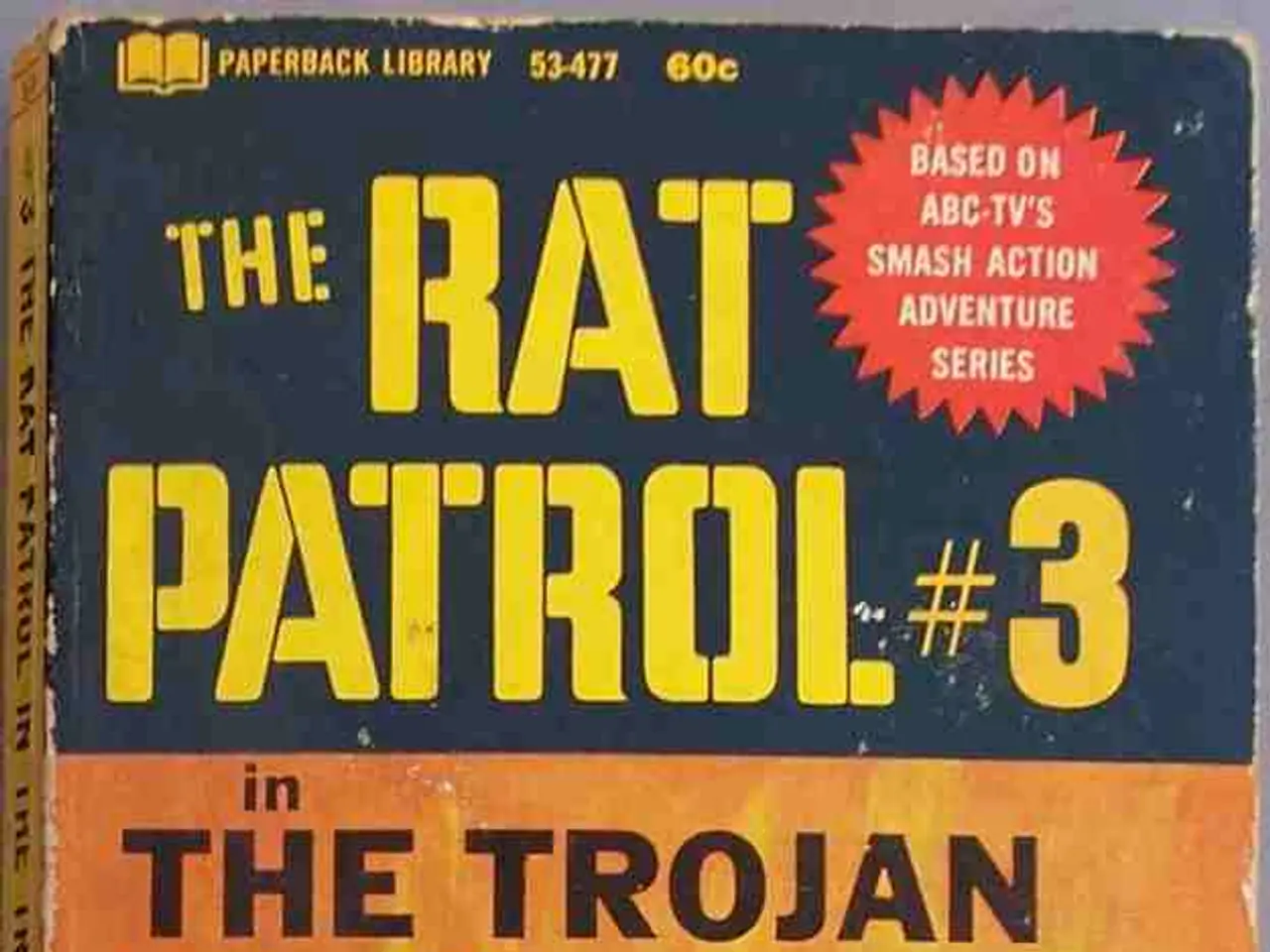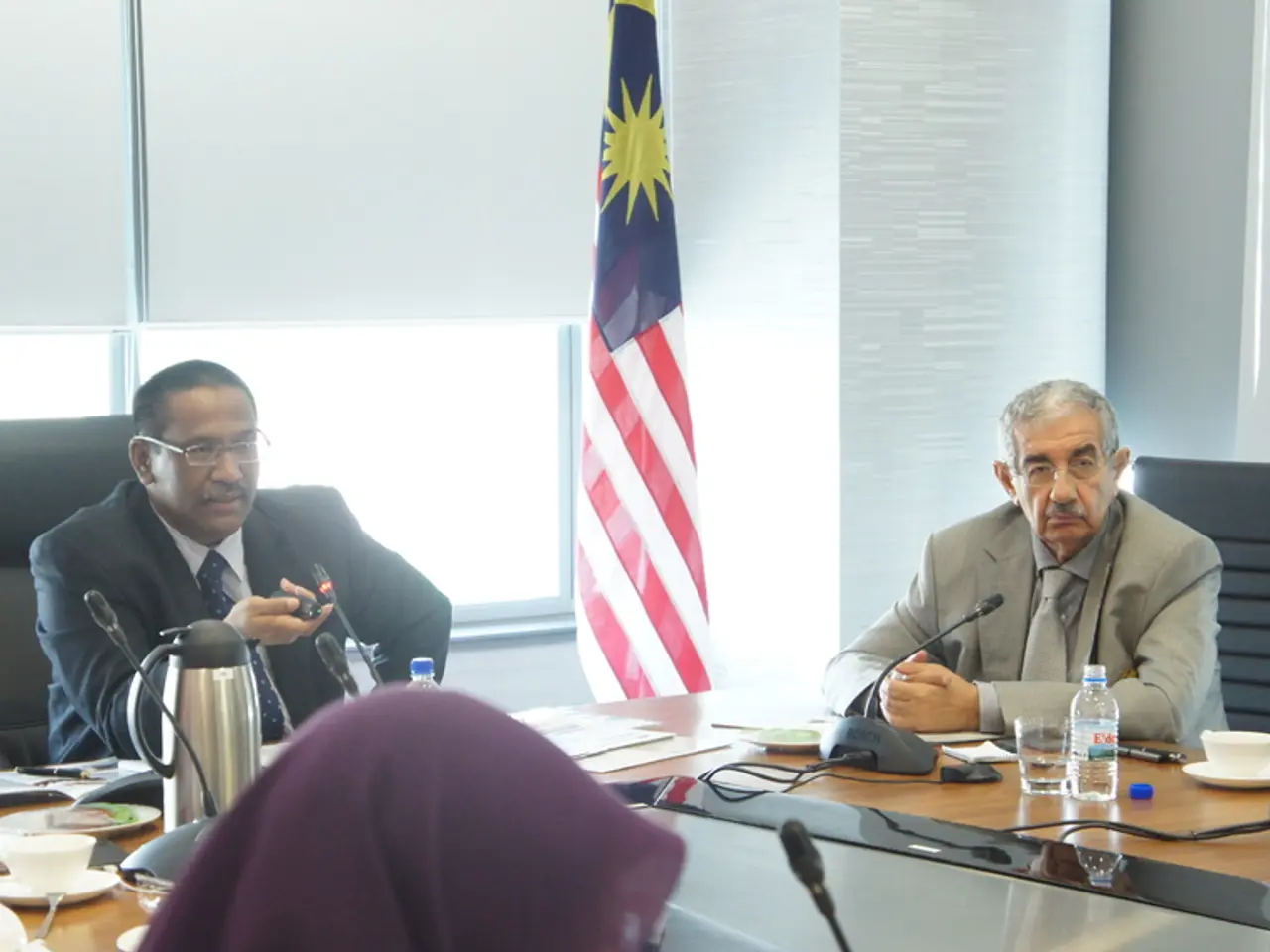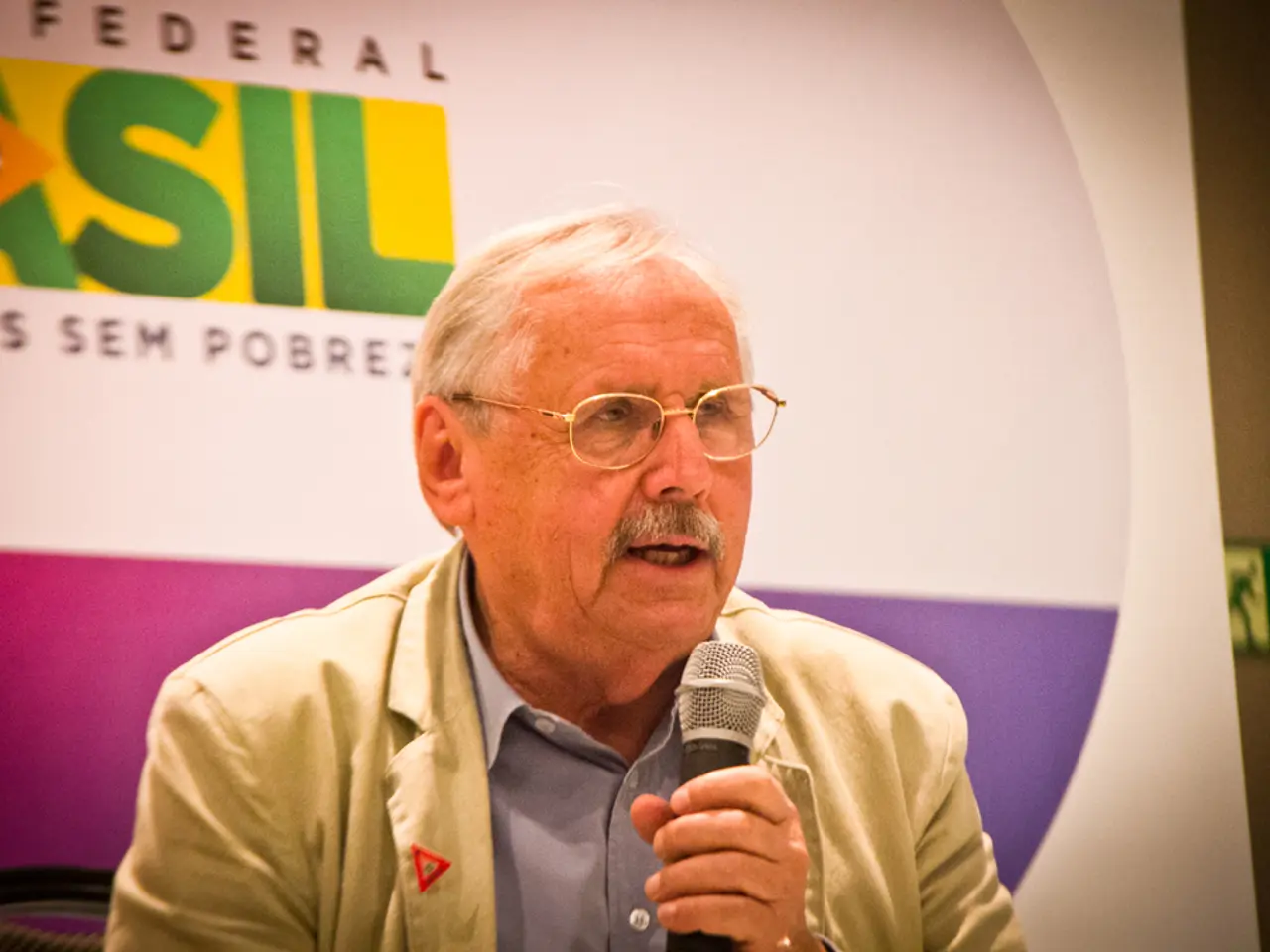Bomb successfully disarmed - Explosive neutralized
In the heart of Germany, the city of Dresden made headlines once more as an unexpected find from the past resurfaced. On August 6, 2025, a World War II bomb, weighing approximately 250 kilograms, was discovered near the Carola Bridge on the Neustadt side of the Elbe River.
The discovery prompted an immediate response from local authorities, who secured a 1-kilometer radius around the bomb site early in the day. Approximately 330 police officers, firefighters, emergency services, and a police helicopter were deployed to manage the situation.
Numerous facilities, including kindergartens, churches, ministries, and the town hall, were closed, and an emergency shelter was established at Messe Dresden. A smooth evacuation ensued, with shuttle buses transporting people to the shelter from 6 AM.
The bomb was defused by an ordnance disposal team, and the fuse was removed by 13:19. By midday, Sprengmeister Holger Klehmig gave the all-clear, and the restricted zone was lifted, allowing residents to return to their homes.
This incident serves as a reminder of the legacy of the extensive Allied bombing campaigns during World War II, with unexploded ordnance regularly being uncovered in German cities decades after the war.
The affected population numbered around 17,000 people, primarily those between Albertplatz and the Großer Garten. The Dresden Police Directorate expressed their gratitude to the residents of Dresden for their cooperation and understanding during the incident.
The bomb was safely transported away for disposal to Zeithain, marking the successful conclusion of this post-war legacy incident in the city of Dresden. It is a testament to the diligence and expertise of the emergency services that such incidents can be handled safely and efficiently, ensuring the continued safety of the city and its residents.
The sudden discovery of a World War II bomb in Dresden, with its close proximity to general-news-worthy locations like ministries and the town hall, sparked national politics discussions, touching upon the importance of addressing war-and-conflicts-related issues persisting even decades later.
The unearthing of such ordnance, falling under the crime-and-justice category, underscores the ongoing challenge of managing crime scenes and maintaining order, as demonstrated by the prompt and organized response from the local authorities and emergency services.








